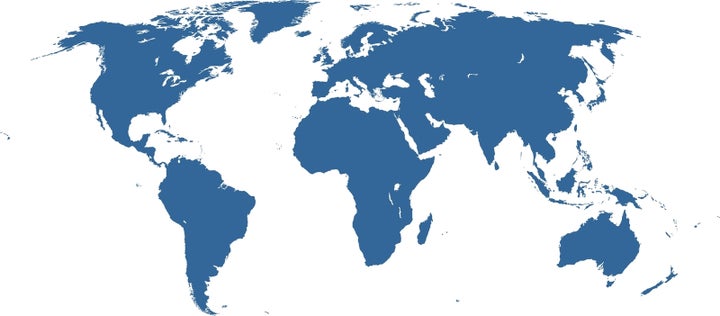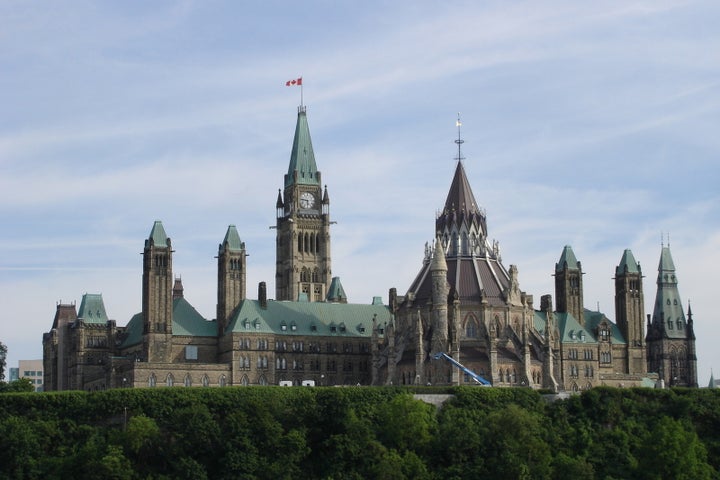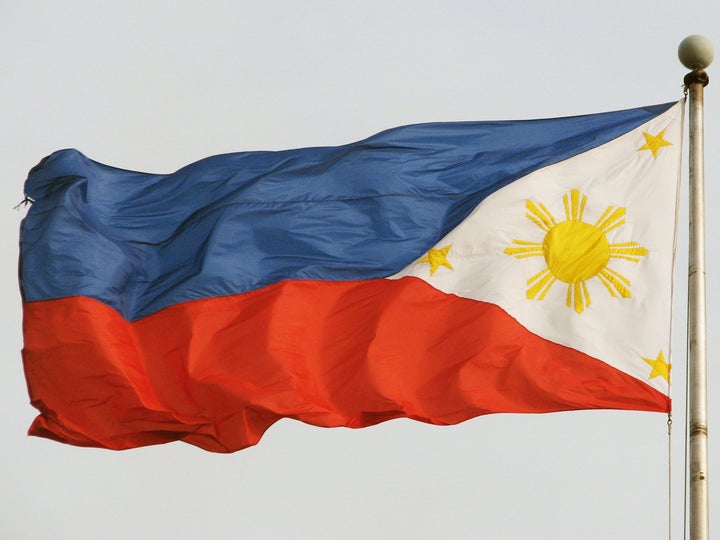
Federalism has been an important aspect and ingredient and many of the world’s community of nations. In fact, around 70% of nations in the world are said to have at least some element of federalism, while roughly 10% are considered federal states. Forty percent of the world’s population lives in these countries.
Federalism has been adopted not only by developed countries like the United States, Canada and Germany, but developing ones such Mexico, India and Brazil. Recently, the Philippines has began to contemplate a change in its governing set up after Rodrigo Duterte, a prime advocate for federalism in the country in the country, won the presidential national elections.
Some scholars argue that a federal system is the next logical step after devolution. In the Philippines, the main argument of federalists is that the system allows diversity and division while promoting national interest at the same time. It is also claimed that a shift to the system could accelerate the development of impoverished regions in the country and end ethnic conflicts brought about by the Filipinos’ cultural differences.
Basic Features and ‘Identity Federalism’
Federalism is a governmental system that institutes a constitutionally stipulated and specified division of powers between different levels of government. Usually, there are two main levels: a national, central or federal level (e.g. the federal government of Germany); and a state, provincial or regional level (e.g. the German Länders).
There are some instances, however, where the federal system may demand a three-fold distribution of power by recognizing the constitutional powers of the local government; or by forming compound forms of overlapping territorial and linguistic federalism.
Therefore, federalism makes it possible for ethnic regions that have specific territorial jurisdiction to exercise their own autonomy while remaining to be a part of larger federal union. In this arrangement, the federal and subnational government will have both specific and shared powers.

A very good example in this respect is Canada. The federal nature of the Canada’s constitution was a response to the diversity of the country during the colonial era, particularly the linguistic differences between the French-speaking inhabitants of Lower Canada and the English-speaking inhabitants of Upper Canada and the Maritimes. Federalism successfully eliminated violent ethnic conflicts between the two major linguistic groups of the country. Today, Canada is one of the most socially and economically progressive countries in the world.
‘Efficiency Federalism’
Aside from its potential to resolve diversity-induced conflicts, federalism may also improve governance in terms of efficiency, democratic representation and accountability. This can be achieved through the decentralization of power it promotes and by allowing local people a greater control over their resources and policies, while still preserving national unity and the ability to act coherently in issues and matters of national importance.
An archipelago of 7,641 islands, the highly centralized government of the Philippines has been inefficient and ineffective in dealing with contingencies in far-flung regions of the country. This results in inequitable and uneven development of its many regions.
Decentralization of power promoted by a federal system of governance could potentially resolve this dilemma. Federalism brings the government closer to the people, facilitates quicker delivery of needed basic services and endorses participatory governance.
A rationale for a federal Philippines
It is due to the aforementioned features and disposition of federalism that President Duterte proposes the system as an option for governance for the Philippines. But despite its apparent promise and potentials, issues and concerns have to be confronted, such as the fact that Moros demand a separate nation, not autonomy.

Moreover, the shift to federalism should profoundly decentralize the central government to promote and develop self-reliance in the subnational governments.
Finally, it is important to understand and to take into consideration, especially by political leaders, policy-makers and advocates, that there is no one standard model of federalism that suits all.
Countries can have varying degrees of federalism in their political system. Some may have more centralized models than others (e.g. Australia); those where the federal state and subnational units have clearly defined powers by the Consititution (e.g. Germany); and federal states where the powers of the federal and subnational levels are in persistent review and movement (e.g. United States). Each country must determine its own form of federalism according to the existing and unique conditions of their societies.
